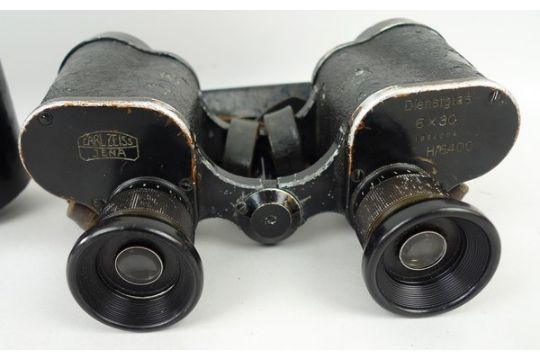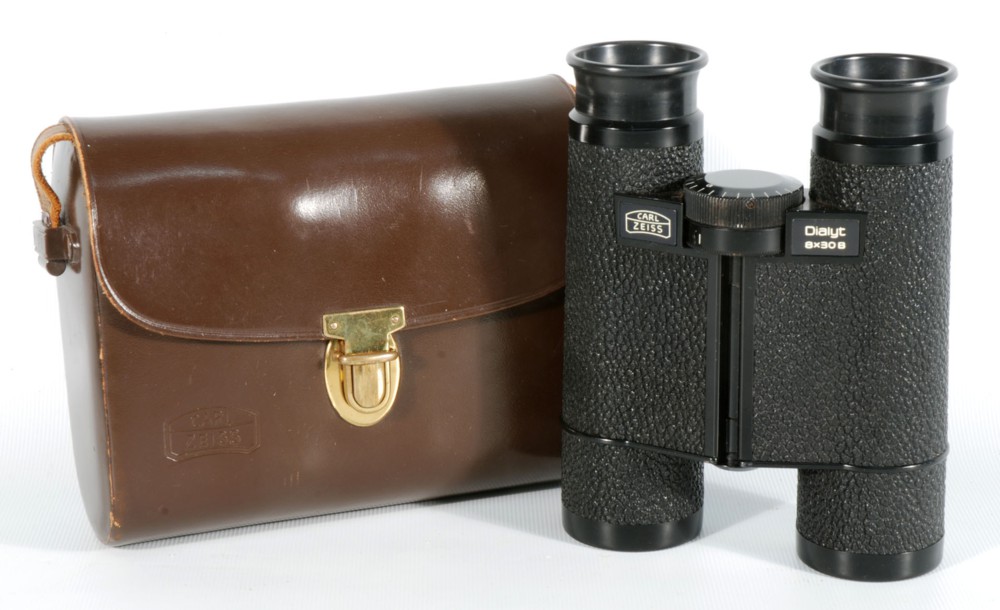Serial Numbers For Zeiss Binoculars
Summary Of Zeiss Trademarks: below is a collection of logos from articles and literature in the collection of Company Seven. These are the major logos and trade names.
Serial Numbers For Zeiss Binoculars
Attila wrote:137,418-200,520 1912
208,473-249,350 1913
249,886-282,739 1914
282,800-284,500 1915
285,200-288,100 1916
289,087-298,157 1917
298,215-322,748 1918
322,799-351,611 1919
375,194-419,823 1920
433,273-438,361 1921
422,899-498,006 1922
561,270-578,297 1923
578,297–631,501 1924
631,500-648,500 1925
666,790-703,198 1926
722,196-798,251 1927
903,100-908,150 1928
919,794-1,016,885 1929
922,488-1,239,697 1930
1,239,699-1,365,582 1931
1,364,483-1,389,279 1932
1,436,671-1,456,003 1933
1,500,474-1,590,000 1934
1,615,764-1,752,303 1935
1,674,882-1,942,806 1936
1,930,150-2,219,775 1937
2,267,991-2,527,984 1938
2,527,999-2,651,211 1939
2,652,000-c2,678,000 1940
2,678,326-2,790,346 1941
2,800,000- ? 1942
3,000,000-3,200,000: 1945-1949
3,200,000-3,470,000: 1949-1952
3,470,000-4,000,000: 1952-1955
4,000,000-5,000,000: 1955-1958
5,000,000-6,000,000: 1958-1961
6,000,000-6,000,000: 1961-1964
7,000,000-8,000,000: 1964-1967
8,000,000-9,000,000: 1967-1970
9,000,000-10,000,000: 1970-1975
_________________
-------------------------------
Items on sale on Ebay
Sony NEX-7 Carl Zeiss Planar 85mm f1.4, Minolta MD 35mm f1.8, Konica 135mm f2.5, Minolta MD 50mm f1.2, Minolta MD 250mm f5.6, Carl Zeiss Sonnar 180mm f2.8
Last edited by Attila on Tue Sep 25, 2012 10:11 pm; edited 1 time in total
Carl Zeiss - A History Of A Most Respected Name In Optics
Preface:going on-line in 1994 this is among the first and earliest on line articles about Carl Zeiss, and is written entirely with a simple text editor. It is produced and hosted as another way of expressing gratitude to those who have helped Company Seven prosper. With some of this content dating back to the times when slow dial-up Internet access was the norm, the article was originally text heavy because illustrations were by necessity kept simple and to a minimum. Over the decades we have, and will continue to, on occasion add this or that mention of or illustration of items in our archives and museum collection, this to break up the monotony of text, make corrections (with much gratitude to Dr. Wolfgang Wimmer, Director of Carl Zeiss Archives), clarify, or expand content. It was never our intent to write one comprehensive and all-encompassing history of Zeiss, that would require volumes to do it justice, but rather to explain why we at Company Seven remain grateful for and in awe of the achievements by Zeiss.
The Founders And The Zeiss Company Foundations:
From its inception through to the middle 19th century, lens making was a craft that was essentially passed on from generation to generation. Innovations had typically resulted from trial and error experimentation; this was a costly and time consuming process that could not factor in all of the possible variables in lens making materials and design. It would be left up to one who could employ scientific methods of study, and then devise the mathematical formulas to characterize the physics of optics to make the next important technological leaps possible. It would then be asked of a chemist to invent and manufacture those raw materials necessary to make the new designs possible. And it would be one man to bring this combination together to create a concern of unrivaled accomplishment.
Right: Carl Friedrich Zeiss (23,218 bytes).
Mouse over the image to view a black and white photo taken earlier in his life (17,651 bytes).
Carl Friedrich Zeiss (b. 11 September 1816 in Weimar - d. 3 December 1888 in Jena) grew up apprenticed in the shop of Dr. Friedrich Körner, becoming well familiar with the operation of fine tools and machinery that were used to make microscopes and other scientific instruments. Körner was a machinist who provided such instruments to the German court. Zeiss attended lectures at the University of Jena where he studied mathematics, physics, anthropology, mineralogy, and optics. He traveled as a journeyman for some years and completed his practicals (exams) at the Physiological Institute in Jena under Professor Schleiden.
Mar 16, 2010. Download English (U.S.) drivers for NVIDIA hardware - 205, G210, 210, GTX 295, GTX 275, GTX 260, GT 220, GTX 285, GTS 240, GTX 280, GTS 250, GT 240, GT 230, GT 140, GT 120, G 100. Windows 7 64-bit, Windows Vista 64-bit. Upgrades HD Audio driver to version 1.0.9.1 (for supported GPUs). Nvidia high definition audio driver windows 7 64 bit update.
On 10 May 1846 Carl Zeiss submitted the required application to the Weimar authority where he requested permission to open a mechanical workshop. After his application was approved, on 17 November 1846 Carl Zeiss opened his workshop in a four story building located at Neugasse 7 in Jena. This is near the Saale River in the district of Thuringia in Germany. Here he commenced production of simple microscopes, measuring instruments, and other precise optical and mechanical instruments. In the first year of operation he sold twenty-three microscopes, not bad considering the state of the economy at the time and that his name was not yet well known.


Left: the first workshop at Neugasse 7 to the left of the frame, bearing the name Carl Zeiss. Photo taken in 1847 (122,034 bytes).
Click on image to see enlarged view (261,467 bytes).
In September 1847 Zeiss moved to a larger facility at Wagnergasse 32 and hired his first apprentice. Among his customers was the University of Jena for whom he made and repairs scientific equipment. Zeiss began to make improvements in microscopes, offering simple microscopes and in 1857 introducing the first compound microscope (employing both an objective lens and an eyepiece), the “Stand I”. In 1861 Zeiss compound microscopes are declared to be “among the most excellent instruments made in Germany” and he is awarded a Gold medal at the Thuringian Industrial Exhibition.
By 1864 the workshop, now with some two hundred employees, was moved to a third and even larger facility at Johannisplatz 10.
In 1866 the 1,000th new Carl Zeiss microscope is delivered; the Carl Zeiss shop is now recognized throughout European scientific circles for the fine qualities of its microscopes.